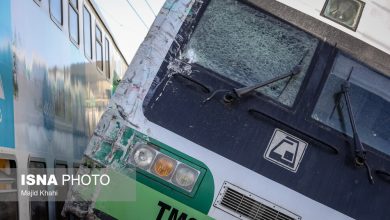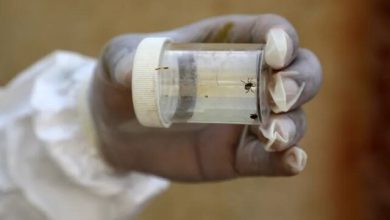
The former Chief of Crisis Management Staff found the greatest benefit and resource in cultural heritage in accident-prone areas and said: In a land like Iran, if we cannot escape natural disasters and live in dangerous places, we must live. Bedouin
According to the informants, Mr. Mohammad Beheshti, the head of the Cultural Heritage and Tourism Organization during the Bam earthquake and was the head of the post-earthquake cultural heritage crisis management headquarters, held yesterday evening at the earthquake crisis management review meeting in Bam. He said about the Bam earthquake victims: There are many things that distinguish the Bam earthquake from other earthquakes in the country. The first point is that the Bam earthquake is the only earthquake in which the historical and cultural context of the environment must be taken into account for reconstruction, but in other earthquakes it was possible to restore ancient ruins, but in Bam for the first time. The entire natural context has been inevitably replaced by historical evidence and has been studied since ancient times in connection with the phenomenon of earthquakes.
He continued: Another feature of the Bam earthquake is that before Bam, wherever there was an earthquake, another city was built. In Bam, the idea of building a city around Bam was first proposed, but in fact, Bam became Bam. For the first time a problem occurred and it was decided to build a dam instead, and this decision was accompanied by challenges. For example, I remember that in the reconstruction of the Khargan earthquake in 2010, the livelihood of the people who raised and dried cows was not taken into account. Because it was not possible to collect dry grass and fruit leaves on the roofs of the rebuilt houses, a barn was not built in the cellar for breeding cattle in winter and because of the earthquake by 30-40%. People were damaged, but the reconstruction rate ranged from 50-60%, which caused damage and damaged people’s livelihood. So we must pay attention to these things.
In response to a question about the reason why the Planning Department was not aware of the earthquake before Buin Zahra, Beheshti said: Few people know that the city of Kashan was flattened and built on its foundations at the end of the Zandiya period. Tabriz was also built during the reign of Agha Muhammad Khan, after a terrible earthquake that killed Qajar and 40,000 people, the people rebuilt it, leaving only the wall and the government castle. The ruler of the era and the government, but today we do not believe that those affected by the earthquake have a role in the reconstruction.
At that time, the head of the Cultural Heritage Organization said: After the 2017 flood, the Friends of Cultural Heritage discovered 7,000-year-old works in Dasht-e-Gorgan that were not damaged by the flood and there were no buildings in Ahvaz. He lived a life of more than 75 years of destruction. The farther back, the less damage caused by snow in Rasht. The ancients also knew how to deal with the 120-day winds of Sistan and Baluchestan. In addition, people at that time built barns and stored them as a tax on their grain so as not to wait for a drought.
Beheshti added: The Iranian people have grown up realizing that they are living between two disasters, and that the solution is to make the city an indestructible place. Other examples are the Qazvin Park, which was resistant to floods such as dams or small and high-speed floods, and the lack of construction on the Khuzestan plains to use the river flood sediments.
Read more:
Ever since Pam started trembling
The Bam earthquake was one of the largest urban earthquakes in Iran
Pointing to the antiquities located under the Blue Mosque in Tabriz at a distance of ten meters, he said: Iran is a country of turmoil. In 2018, 5,800 natural disasters occurred in Iran. But the primary behavior is to run away from these dangers because most of the interests and resources are in the most dangerous places. In a country like Iran, to avoid living in dangerous places, one must live like a Bedouin. The problem is how to deal with disasters and one has to trust the historical experience of living in this land and dealing with natural disasters.
end of message /










